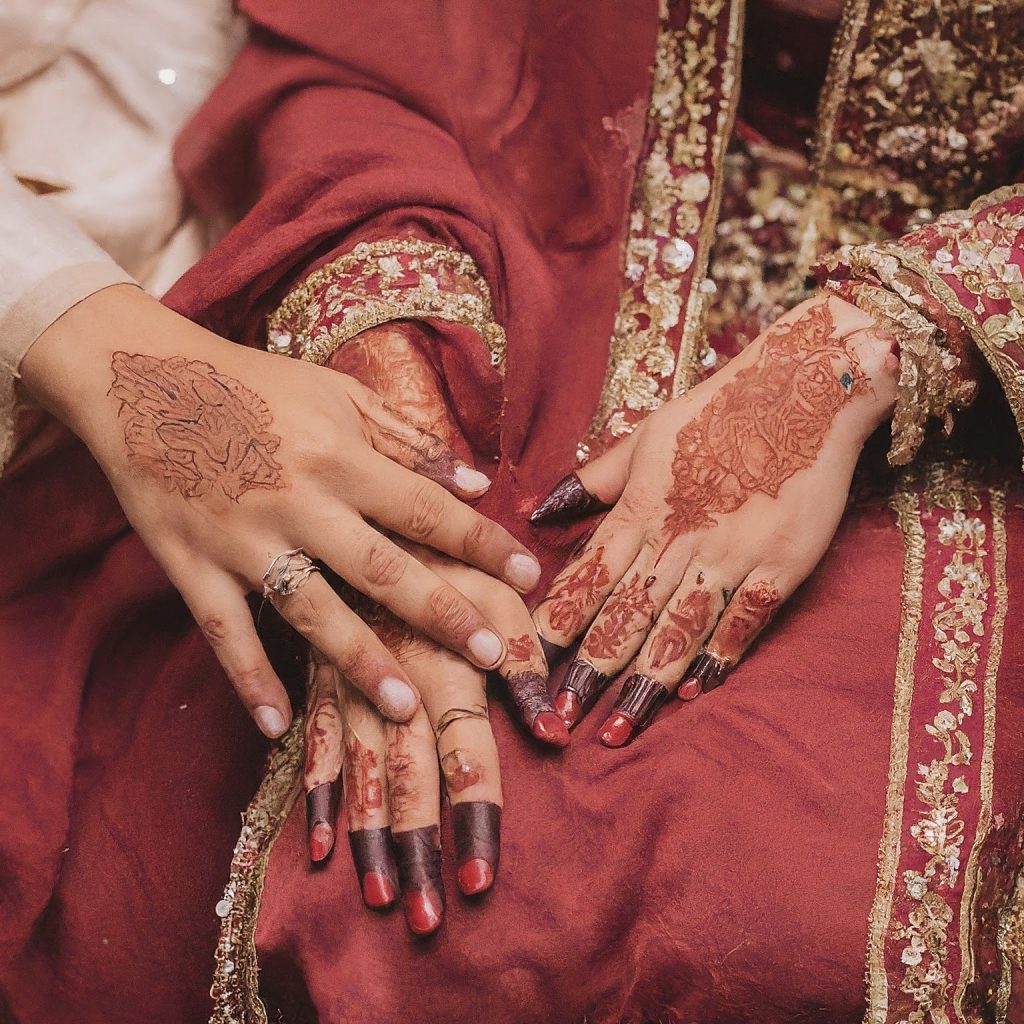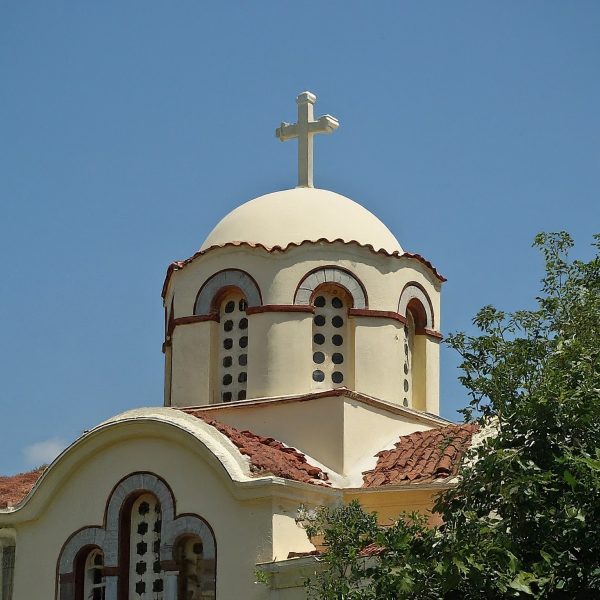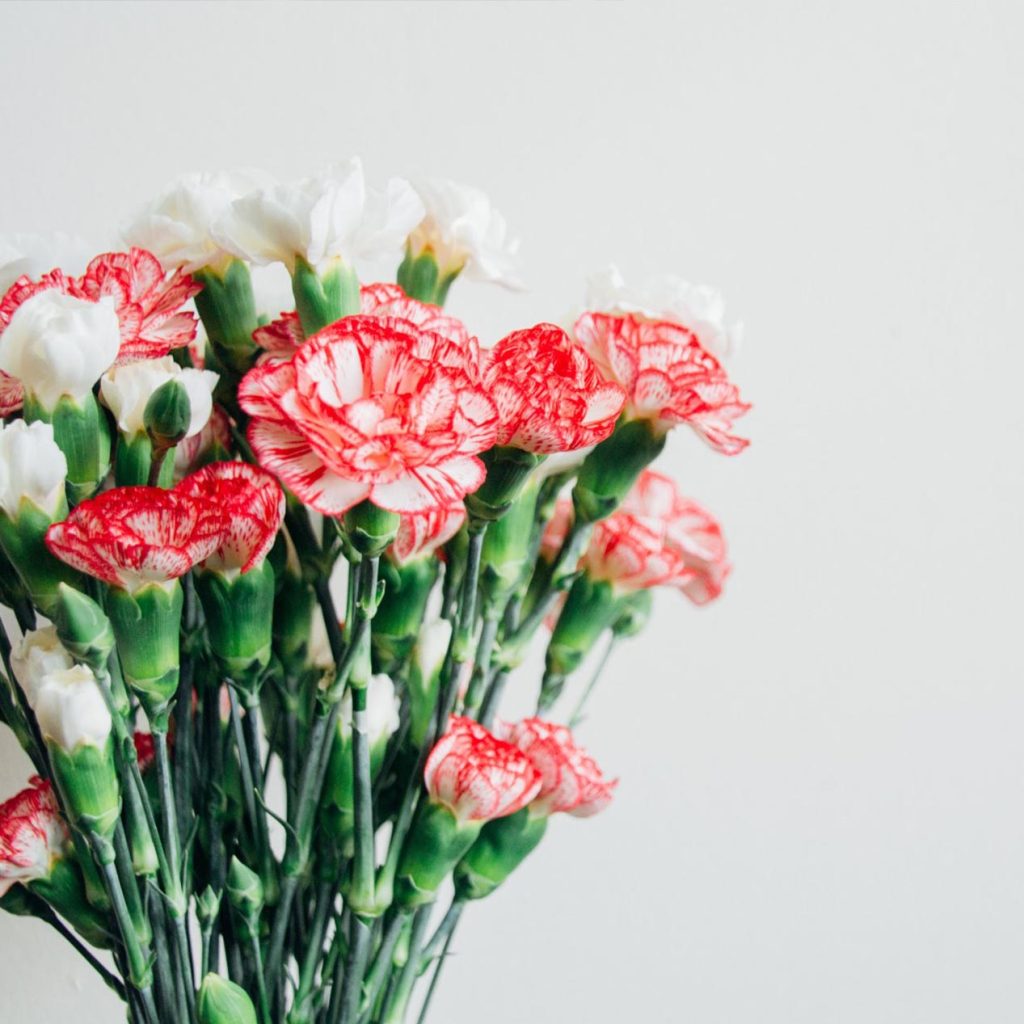The Ceremony
Every culture has its own sacred and cherished wedding ceremony traditions that have been passed down through generations. For you and your spouse-to-be, selecting the right ceremony is a deeply personal decision shaped by various factors, including your ethnic and religious background, geographic location, and personal beliefs. The question is: which type of ceremony will be the most meaningful for you as a couple?
If you and your partner are looking for something simple and secular, a civil ceremony may be your best option. Civil ceremonies, often officiated by a justice of the peace, are typically straightforward and can vary slightly depending on the state or country. They are ideal for couples who want a stress-free, uncomplicated celebration that focuses on their union without religious or traditional elements.
On the other hand, many ceremonies rooted in religious or cultural practices are far more elaborate and rich with symbolism.

Catholic Ceremonies
A Catholic wedding involves the blessing of the couple by a priest, with the couple often kneeling at the altar as their hands are bound in unity. Though variations exist depending on specific Catholic traditions, these ceremonies are typically ornate and majestic, often including a full Mass and traditional hymns, symbolizing the sanctity of marriage within the Church.

Jewish Ceremonies
Jewish weddings bring profound symbolism to the idea of matrimony. A canopy, known as a chuppah, is held over the couple during the ceremony to represent the home they will build together. After the vows are exchanged, rather than a kiss, the groom traditionally breaks a glass underfoot, symbolizing the fragility of life and the beginning of a new chapter together.

Islamic Ceremonies
Islamic weddings vary widely depending on the cultural and regional practices of the bride and groom. In some traditions, the bride is seated like royalty at the front of the room, and the groom approaches her to formally claim his bride. In other cases, men and women may be seated in separate rooms, and the couple does not come together until after the ceremony. Each variation is steeped in tradition and reflects the spiritual importance of the union.

Pagan Ceremonies
Pagan weddings, often referred to as handfastings, are different from religious ceremonies in that they focus on natural elements and ancient rituals. In a typical Pagan wedding, the officiant binds the couple’s hands together with a ribbon, symbolizing their union. This handfasting ritual is a symbolic binding of the bride and groom, traditionally not to be undone until the honeymoon is over, emphasizing the couple’s connection and commitment to each other.

Russian and Greek Orthodox Ceremonies
Both Russian and Greek Orthodox weddings are known for their grandeur and reverence. In many cases, the bride and groom are crowned with ornate headpieces, symbolizing their new roles as king and queen of their family. The Russian Orthodox ceremony centers around an elaborate liturgical service, while the Greek Orthodox wedding places more emphasis on the exchange of vows and blessings between the couple.
Welcome
to the family!
Lorem ipsum dolor sit amet, consectetur
adipiscing elit, sed do eiusmod tempor incididunt
ut labore et dolore magna aliqua.

Living together
Lorem ipsum dolor sit amet, consectetur adipiscing elit. Et dolore magna aliqua.

First kiss
Lorem ipsum dolor sit amet, consectetur adipiscing elit. Et dolore magna aliqua.
More Services
We're so happy
for you!
Contacts:
+61 3 8376 6288
Address:
121 King Street, Melbourne

